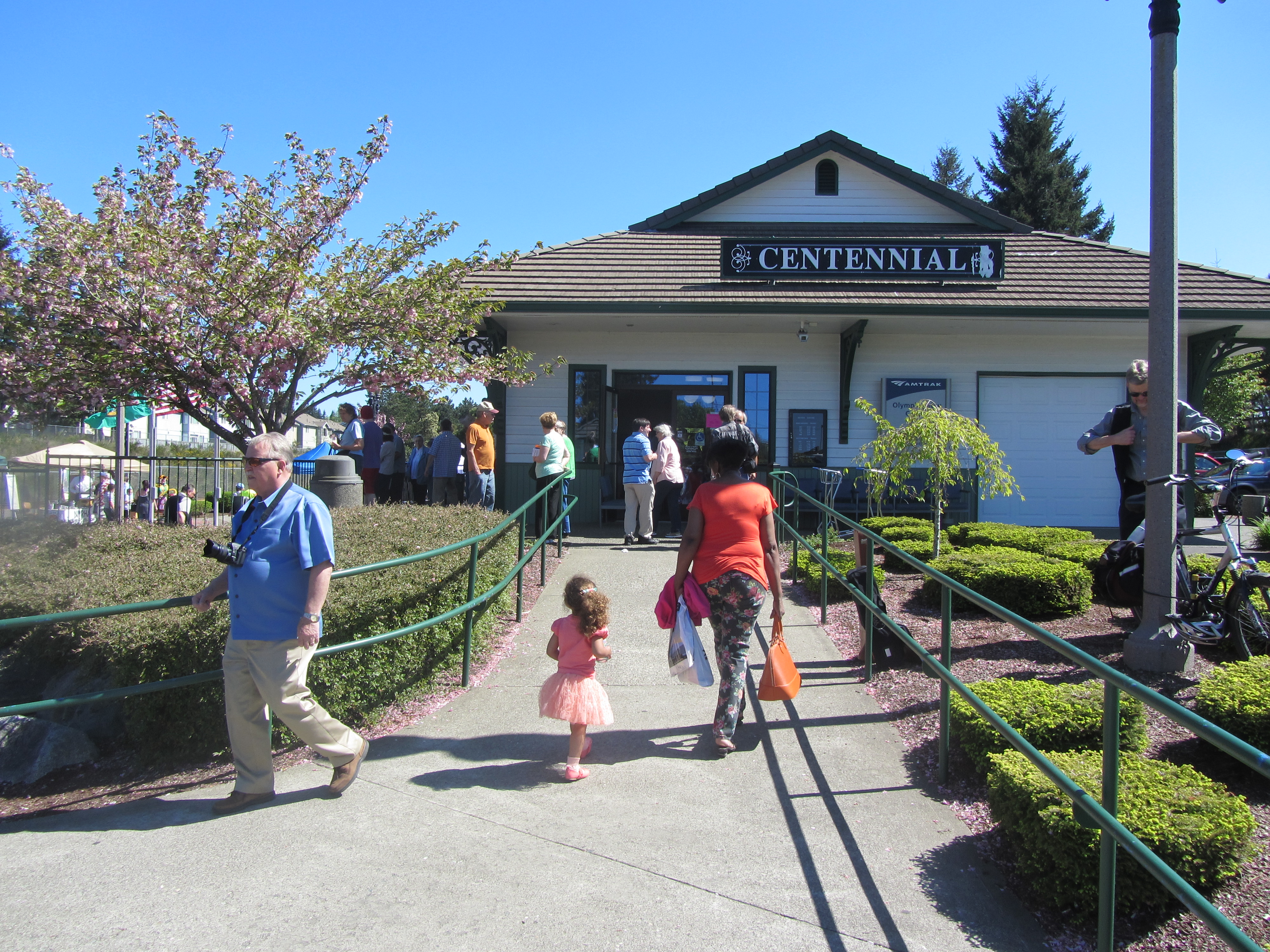Objectives
All Aboard Washington has a number of short-term and long-term objectives aimed at maximizing the safety, accessibility, and comprehensive sustainability of transportation in the Northwest.
Safety
-
Activate Positive Train Control (PTC) along all passenger routes
Frequency
-
Increase Amtrak Cascades frequency to
-
13 round trips per day between Seattle and Portland
-
4 round trips per day between Seattle and Vancouver, BC
-
-
Offer all other intercity train services at least twice daily
Speed
-
Implement track improvements on Cascades needed to achieve WSDOT's travel time goals of
-
SEA-PDX in 2 hours 30 minutes
-
SEA-VAC in 2 hours 37 minutes
-
-
Implement track improvements on main lines between Seattle, Auburn, the Tri-Cities, and Spokane to minimize cross-state travel times
Punctuality
- Improve on-time performance to at least 97.5%
Serving More Communities
-
Open stations in current trackside communities like
-
Cheney
-
Ritzville
-
Connell
-
Prosser
Cooperation and Planning
-
Create a Northwest Rail Commission consisting of Washington, Oregon, Idaho, Montana, British Columbia, and other interested states and provinces
-
Include rail in statewide transportation needs assessments, local and regional planning efforts, and transit agency service restructures
-
Utilize the Thruway Bus system to serve places without rails, or that are not presently served by passenger trains
Expansion
-
Implement new intercity routes on tracks not currently hosting passenger trains, like
-
Seattle to Spokane service via the Yakima Valley and Stampede Pass
-
Seattle to Boise via Stampede Pass
-
Seattle to Walla Walla via Stampede Pass
-
Seattle to Lewiston via Stampede Pass
-
Seattle to Colfax
-
Spokane to Boise via Pasco
-
Spokane to Pullman via Rosalia, Palouse
-
Spokane to Omak via Wenatchee, Chelan
-
Spokane to Kettle Falls via Chewelah, Colville
-
-
Add new intercity services to existing corridors, like
-
State-supported daytime service between Spokane and Portland
-
State-supported daytime service across Stevens Pass
-
-
Expand existing commuter rail services to new destinations, like
-
Sounder South to Spanaway, Olympia, and Centralia
-
Sounder North to Blaine, Arlington, Sedro-Woolley, and Anacortes
-
-
Add new commuter rail services to corridors with existing tracks, like:
-
Hoquiam/Aberdeen to Bremerton/Bangor
-
Hoquiam/Aberdeen to Centralia
-
Modernization and Accessibility
-
Update all station facilities to meet ADA requirements
-
Provide reliable arrival and departure information to customers at stations and via electronic alerts like push notifications
-
Improve the trip planning, reservation, and payment process by:
-
Aggregating scheduling and ticketing data with connecting services through digital mapping and trip planning tools
-
Integrating new fare payment technologies such as contactless cards and mobile payment
-
Allowing for seat assignments that ensure maximum capacity utilization by marking reserved seats between station pairs
-
-
Updating Washington’s state-owned passenger rolling stock with consideration toward today’s travelers, featuring:
-
Accessibility for all passengers
-
Functional reliability
-
Ergonomic comfort
-
Productivity amenities such as Wi-Fi, power outlets, and tables
-
Facilities for dining and merchandise sales
-
Seat reservation markers integrated with the digital ticketing system that indicate if specific seats will be occupied
-
Economies of scale during equipment procurement
-
